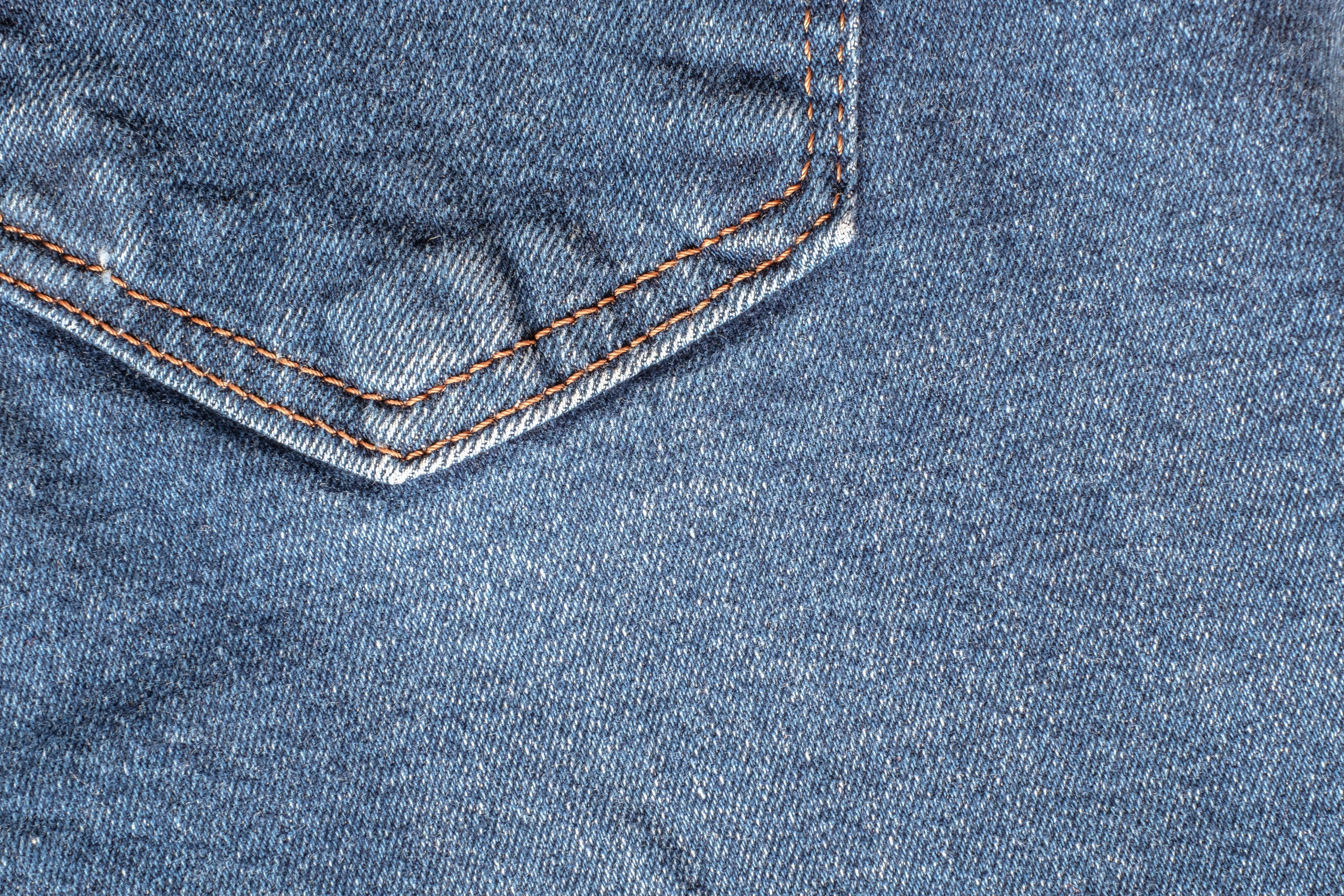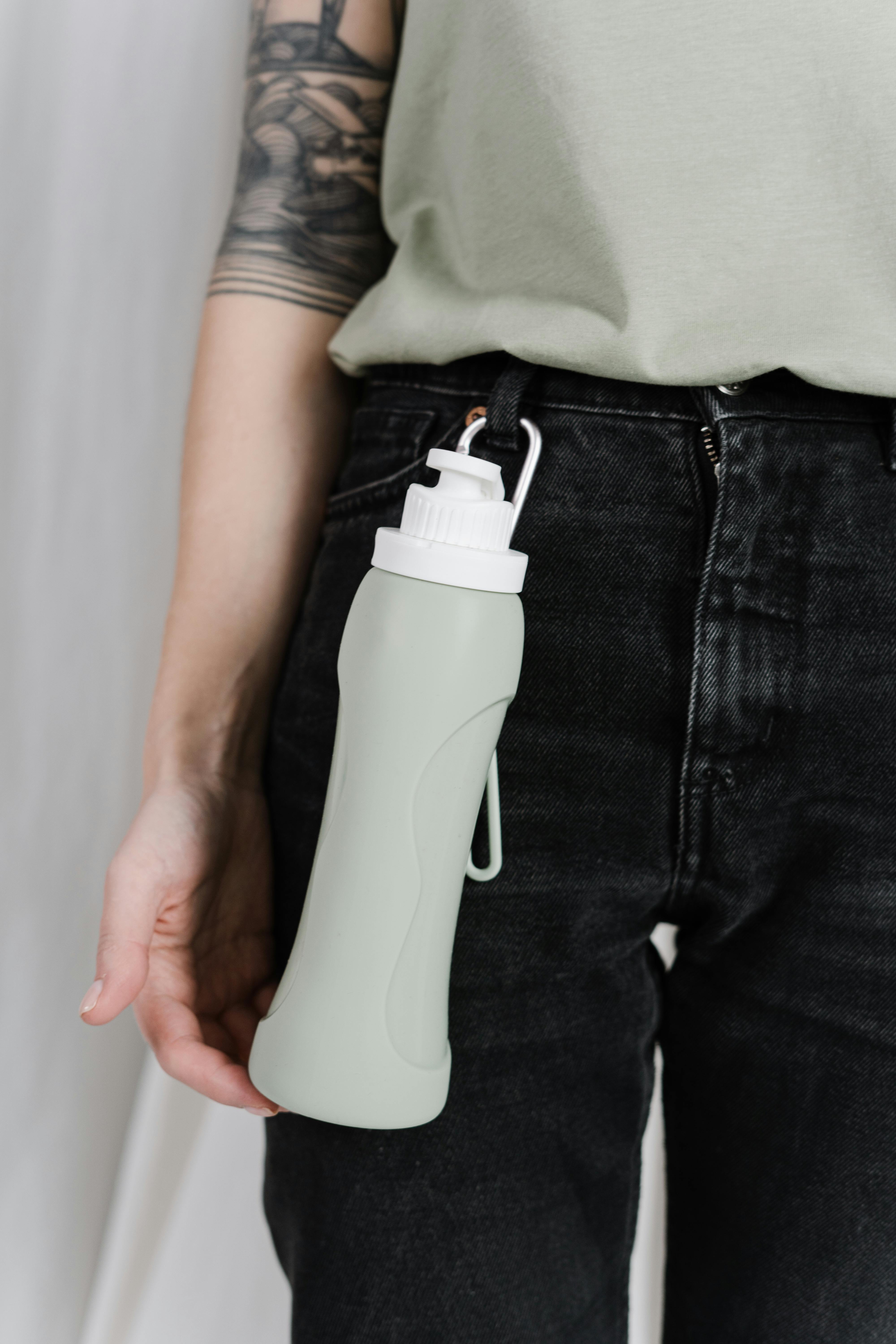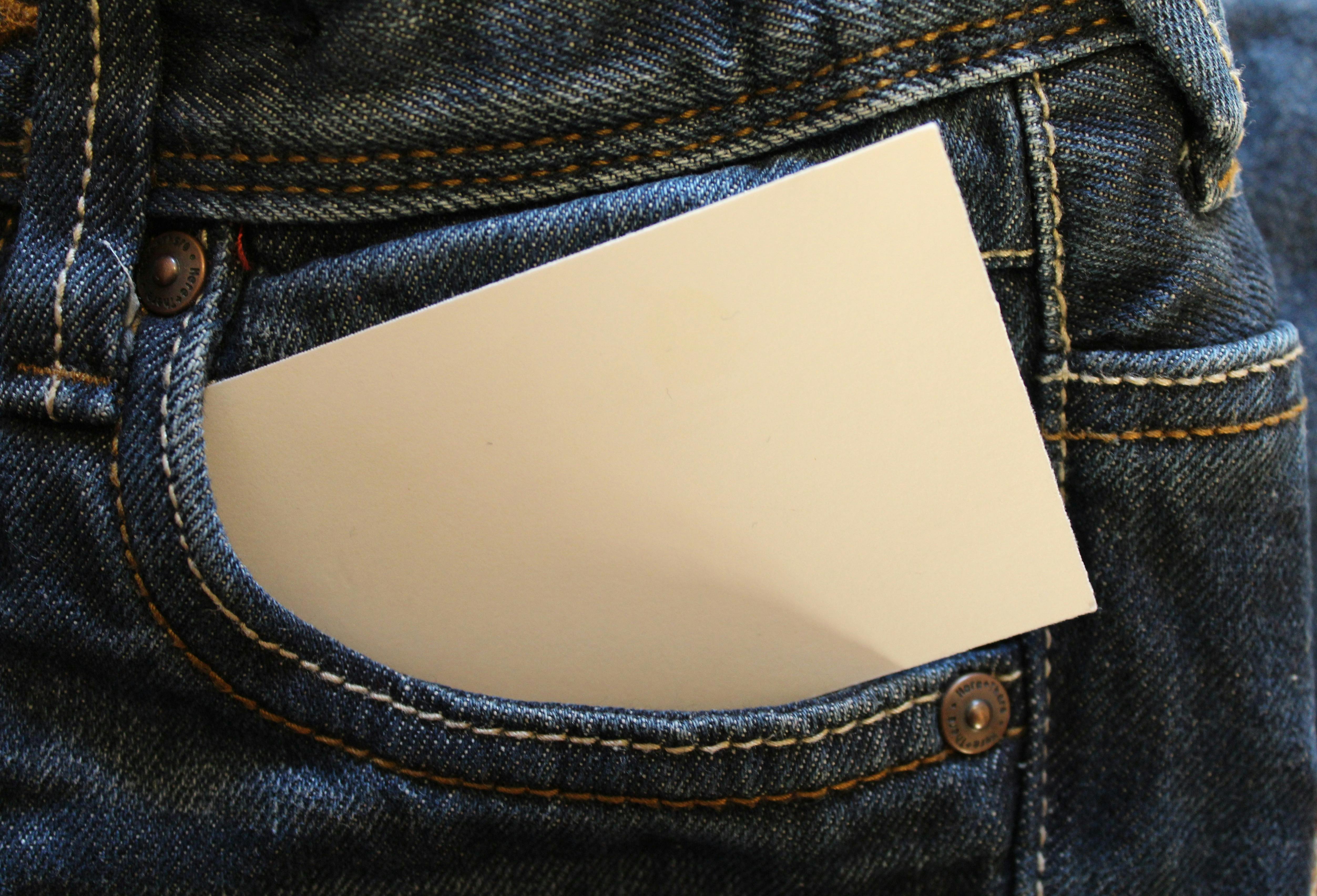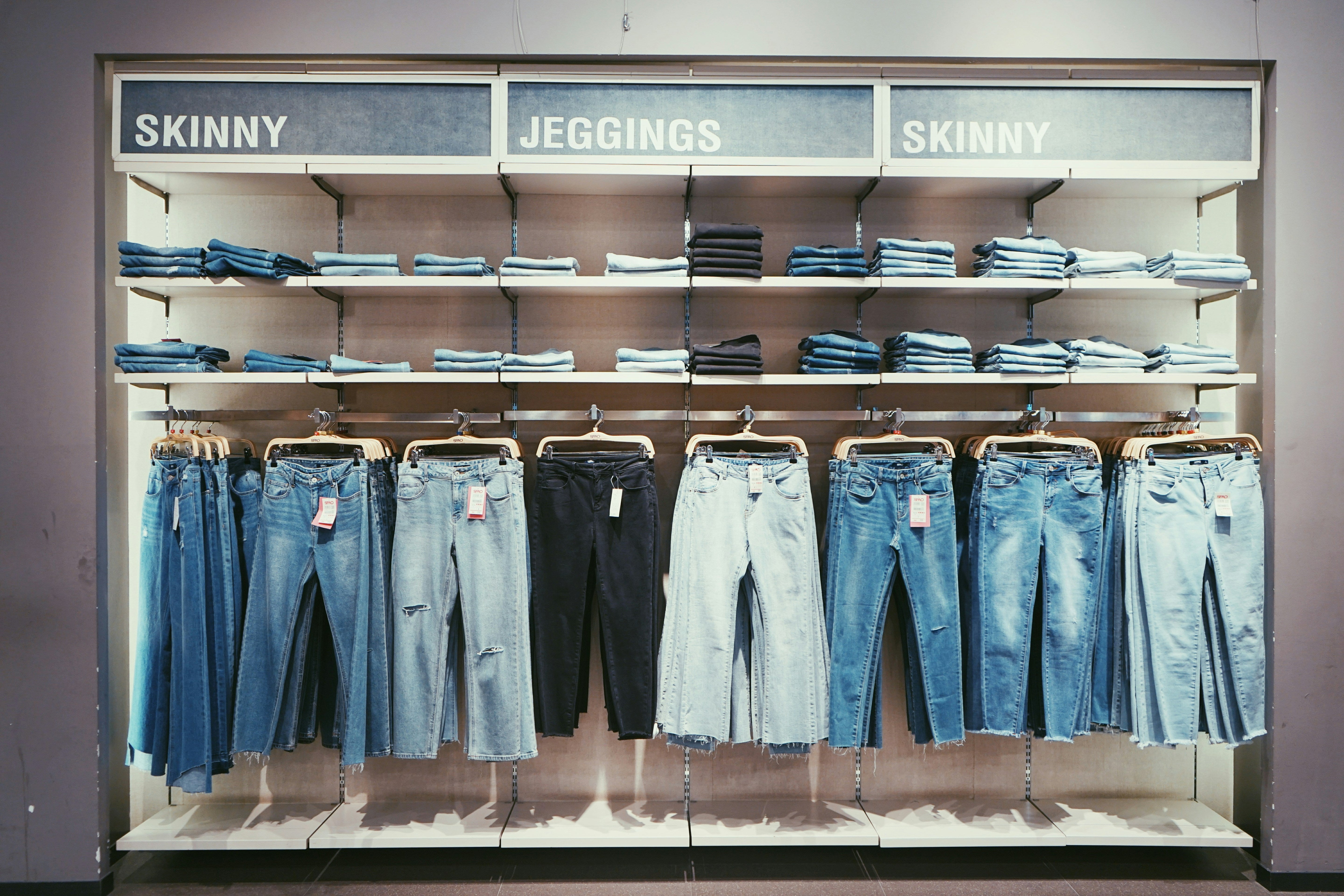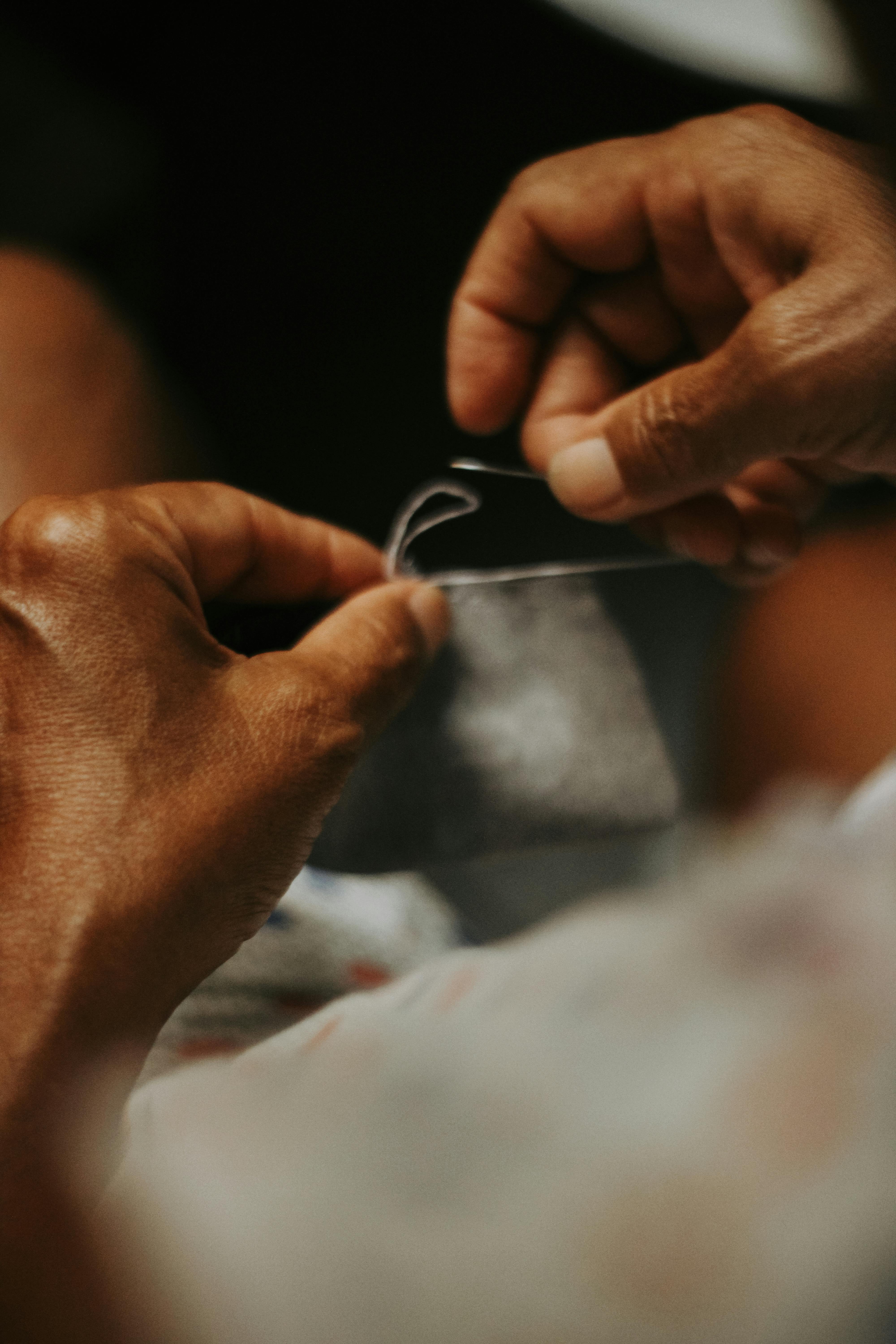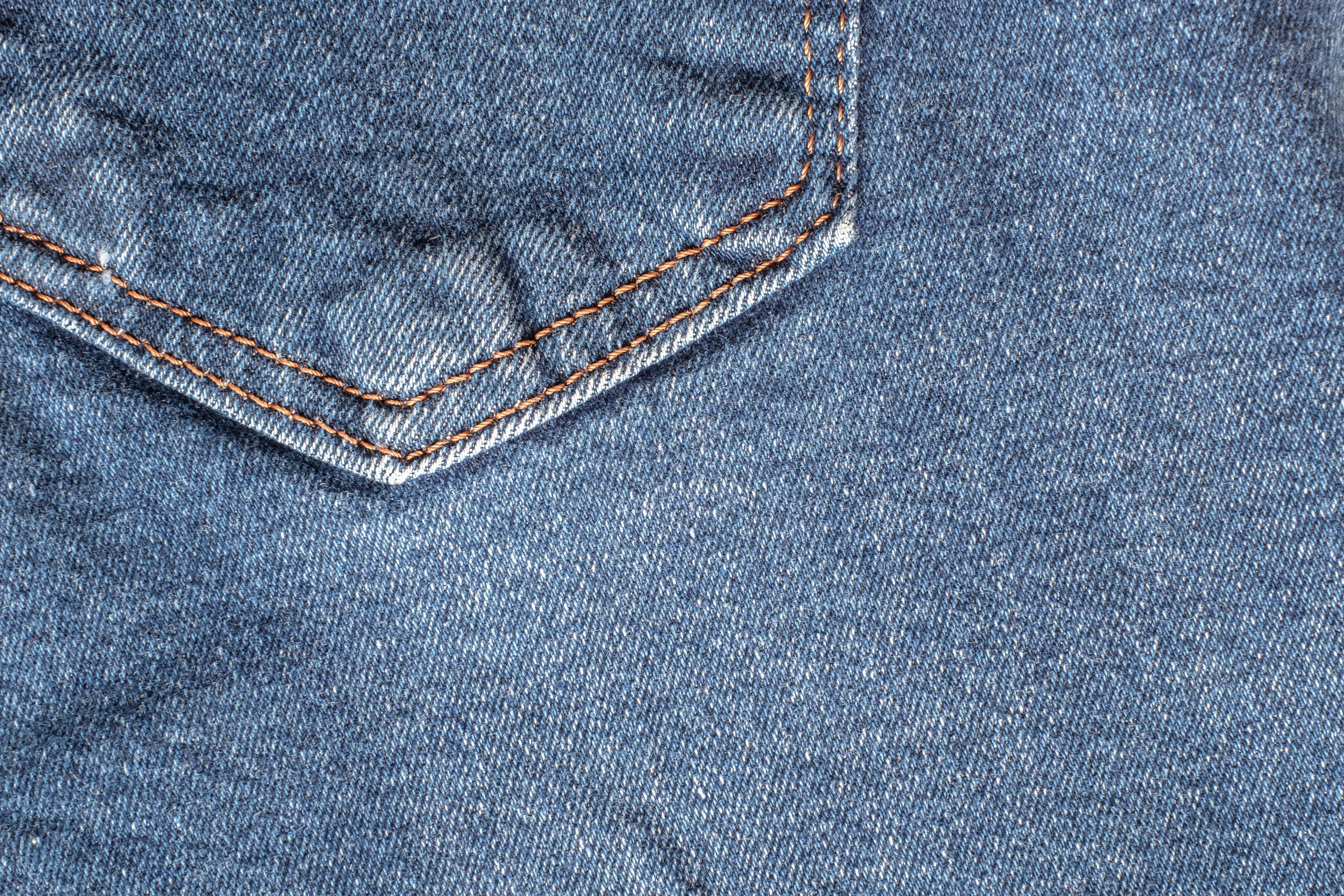
Innovations in Sustainable Denim
Denim’s got a legacy. From 19th-century miners to modern streetwear lovers, it’s been everyone’s go-to fabric. But beneath the iconic fade and rugged feel lies a not-so-cool truth: traditional denim production is tough on the planet. Producing a single pair of jeans can guzzle up to 2,900 gallons of water, with heavy chemical use in dyeing and finishing.
Now, that’s changing. Thanks to a wave of innovations in sustainable denim, brands are swapping harmful practices for smarter, greener alternatives. If you're wondering how denim is getting an eco-makeover from laser distressing to biodegradable stretch fabric you’re in the right place.
The Environmental Impact of Traditional Denim Production
Before we dive into solutions, here’s the problem.
Excessive Water Usage
Traditional dyeing and washing processes use large quantities of fresh water. Indigo dyeing, for example, requires repeated soaking and rinsing. The cumulative impact? Billions of liters of water are wasted every year across global denim mills.
Harmful Chemicals
Synthetic indigo dyes, bleach, and potassium permanganate used in distressing jeans contaminate water bodies and harm ecosystems. Workers are also exposed to toxic fumes and skin irritants.
Energy & Emissions
From cotton farming to factory floor, denim manufacturing is energy-intensive. The use of fossil fuels and lack of closed-loop systems further increases its carbon footprint.
Clearly, sustainable denim innovations aren't a luxury anymore they’re a necessity.
Breakthrough Sustainable Technologies in Denim
Natural Indigo Dyeing
Switching from synthetic indigo to plant-based, natural indigo eliminates the use of petroleum-based chemicals. Brands using this method reduce water pollution and produce biodegradable byproducts.
Waterless Washing Techniques
Laser Distressing
Forget pumice stones and chemical sprays. Laser technology can now replicate vintage fades and worn effects without touching a drop of water. It’s fast, precise, and eliminates harmful residues.
Example: UNIQLO’s Blue Cycle jeans use laser finishing to cut water usage by up to 99%.
Ozone Washing
This technique uses ozone gas instead of water to break down indigo molecules. It mimics the effect of repeated washes while saving both water and energy.
eFlow Nano Bubbles
A technology developed by Jeanologia, eFlow uses air nanobubbles to apply finishing chemicals, reducing water use by over 90%. No baths, no waste — just air and precision.
Biodegradable and Recycled Fabrics
One of the boldest moves comes from Candiani Denim, which introduced COREVA™, the world’s first biodegradable stretch denim. Instead of synthetic elastane, it uses natural rubber to offer stretch without microplastic pollution.
At the same time, major players are weaving recycled cotton and post-consumer textile waste into their denim, reducing dependence on virgin fibers.
Leading Brands Championing Sustainable Denim
UNIQLO
By adopting laser finishing and ozone technology, UNIQLO's Blue Cycle collection has slashed water use in finishing by nearly 99%. It’s a benchmark in high-volume, eco-conscious denim production.
Levi’s – Water<Less
Levi’s Water<Less innovation reengineers traditional washing to use 96% less water in select styles. Over 4.2 billion liters of water saved and counting.
Candiani
Italy-based Candiani’s COREVA™ technology eliminates synthetic stretch materials in jeans, offering a fully compostable and plant-based alternative. It’s a game-changer for the stretch denim category.
What the Future Holds for Sustainable Denim
The innovations don’t stop at dyeing or distressing. The denim industry is embracing closed-loop systems, where old jeans are recycled into new ones. AI-powered machinery is making production smarter, while blockchain is improving supply chain traceability.
We’re also seeing eco-conscious collaborations between tech firms and fashion houses to develop zero-impact denim, aiming to combine durability, style, and sustainability without compromise.
Your Role in Driving the Denim Revolution
You’re not just a consumer you’re part of the solution. Here’s how you can make a difference:
-
Buy from transparent, sustainable brands that show their impact.
-
Opt for recycled or organic cotton when possible.
-
Repair and reuse your denim instead of tossing it.
-
Check for certifications like GOTS, OEKO-TEX, or BCI.
-
Support innovations by choosing garments with low-impact tech (e.g., laser-washed jeans).
Small decisions, multiplied globally, push brands to prioritize sustainability over speed.
Final Thoughts
Sustainability in denim is no longer a trend it’s the future of fashion. From natural dyes to laser finishing and biodegradable fabrics, the industry is finally waking up to its responsibility. The good news? Innovation is making it possible to have denim that looks great, feels great, and does great for the planet.
As technology and awareness evolve, your next pair of jeans might not just fit better — it might help save the planet.


